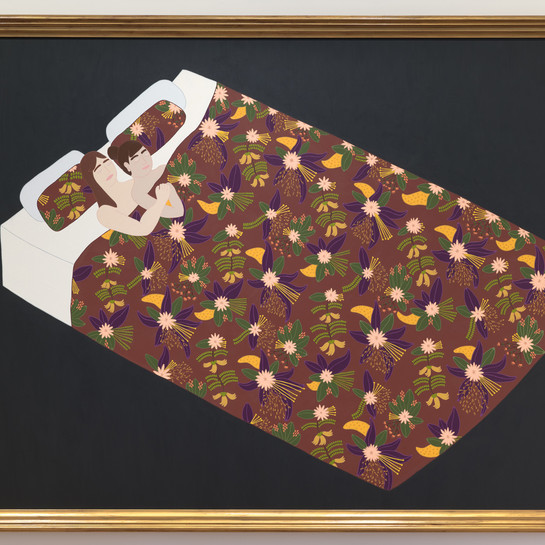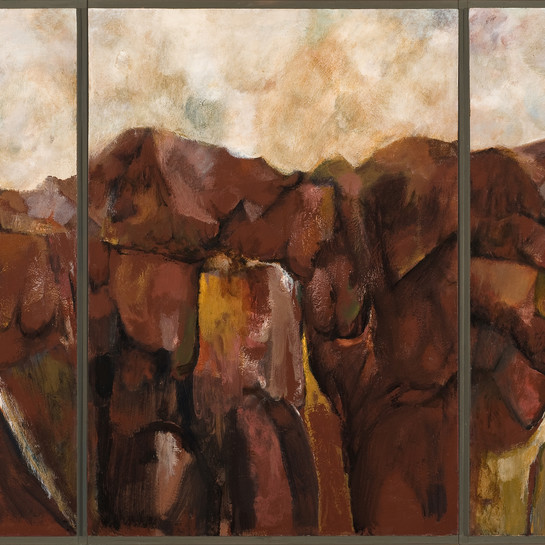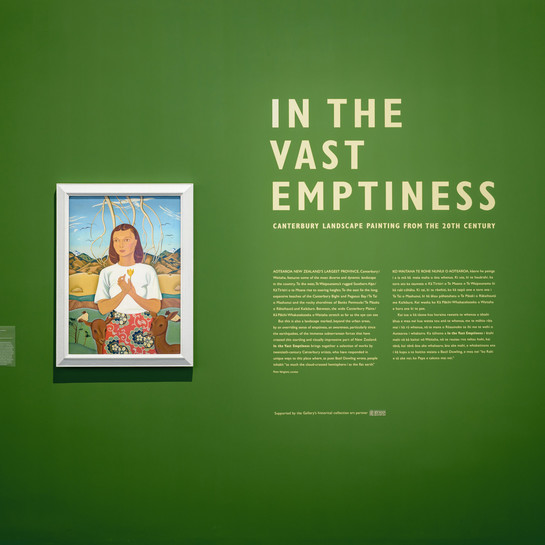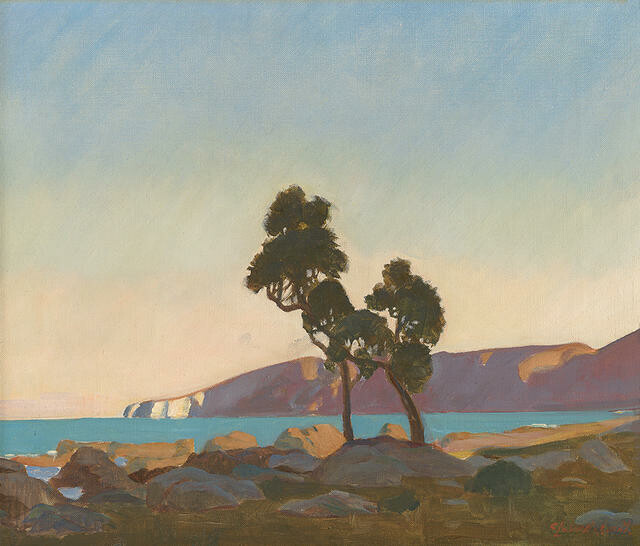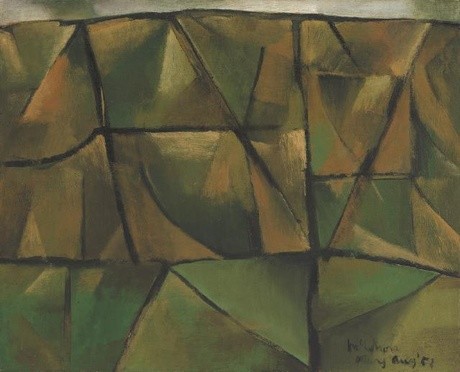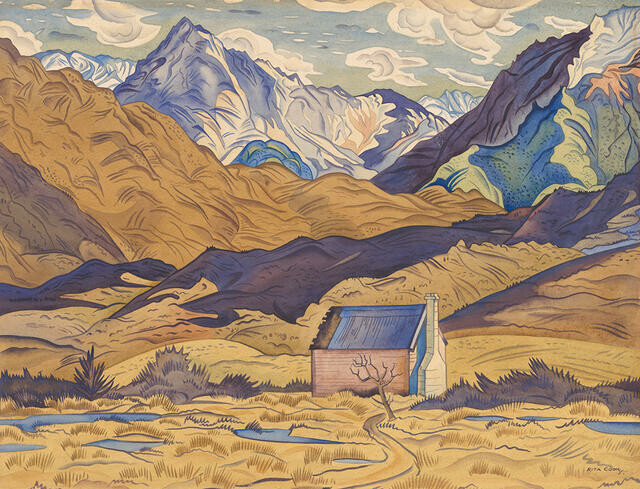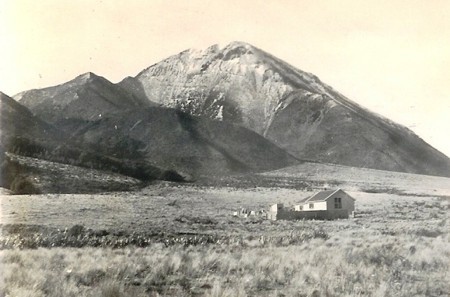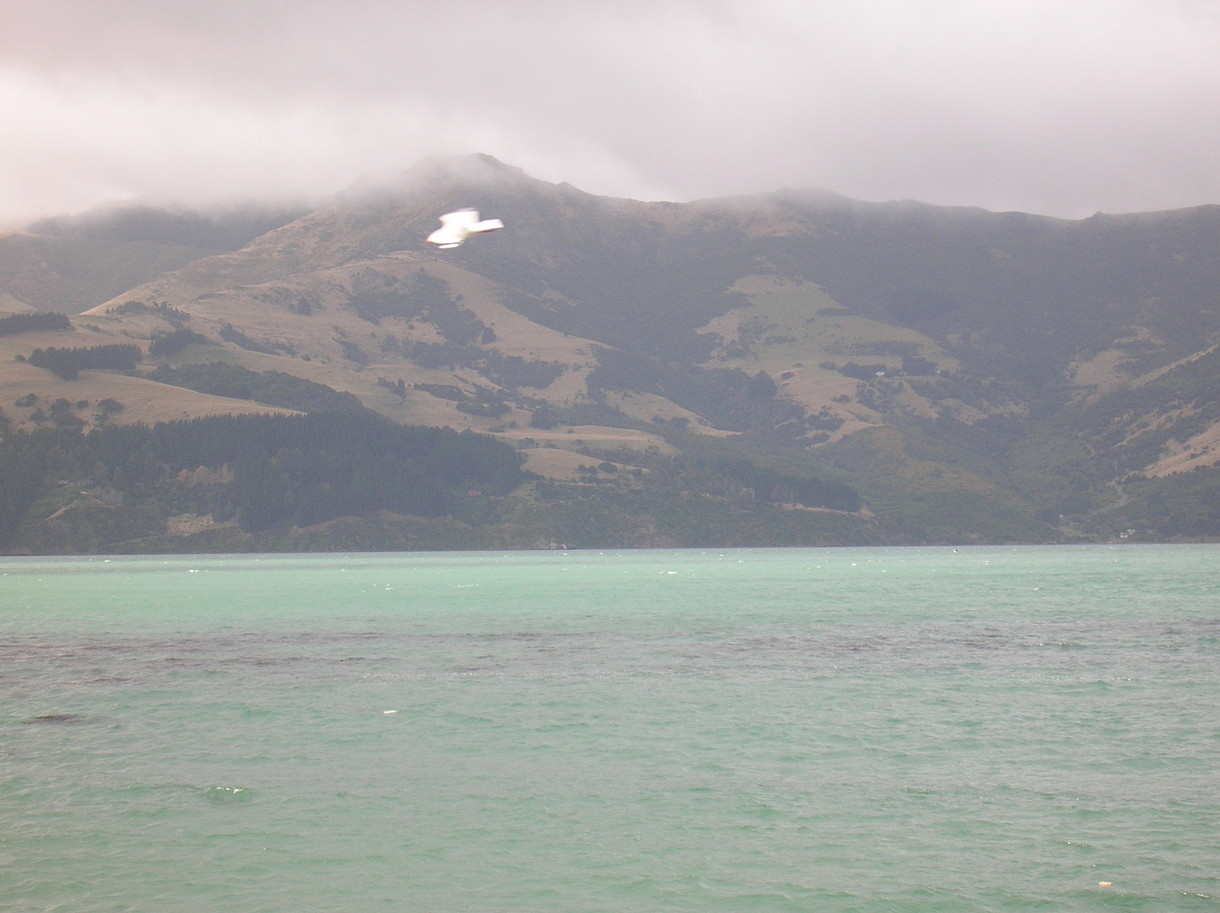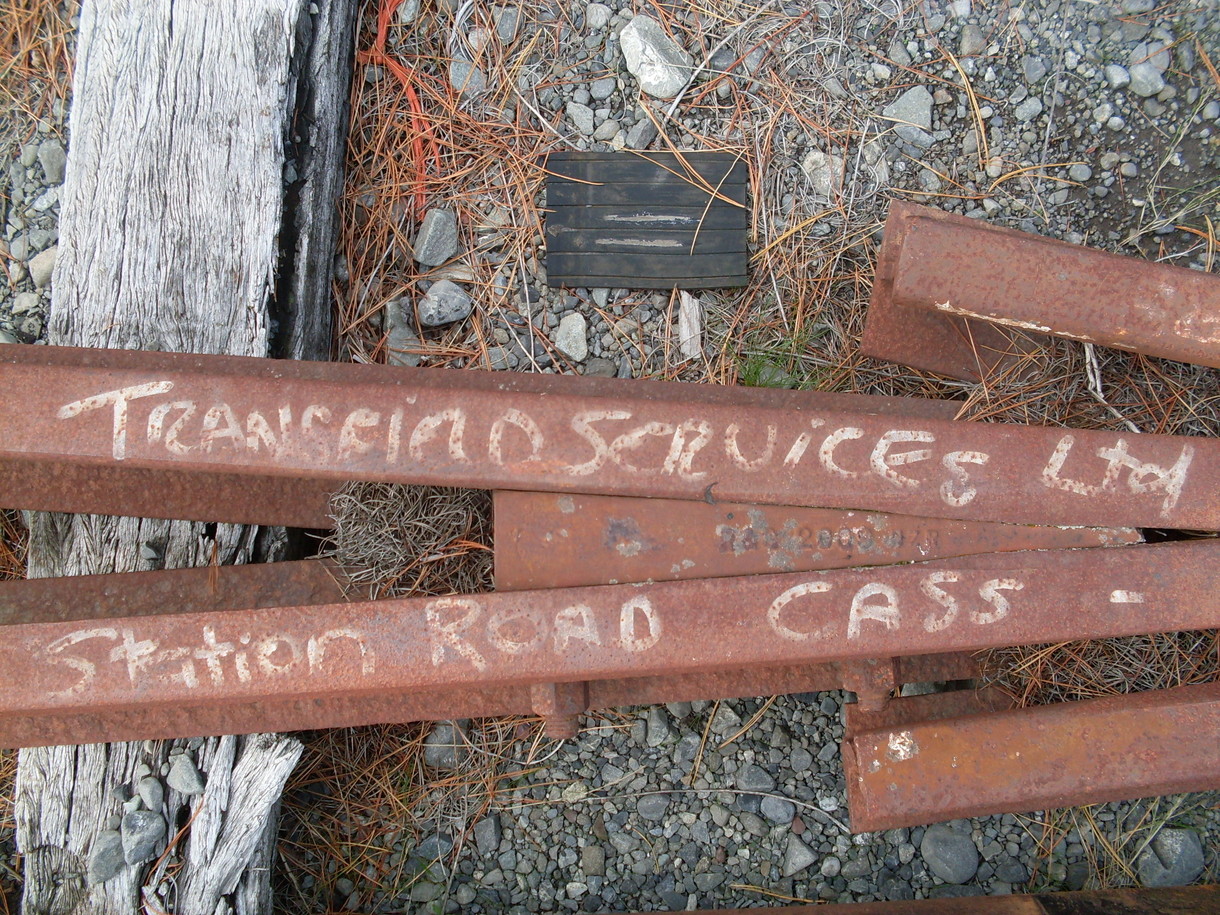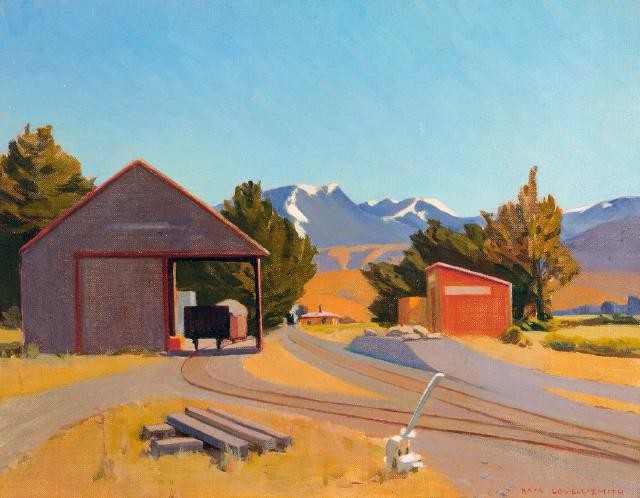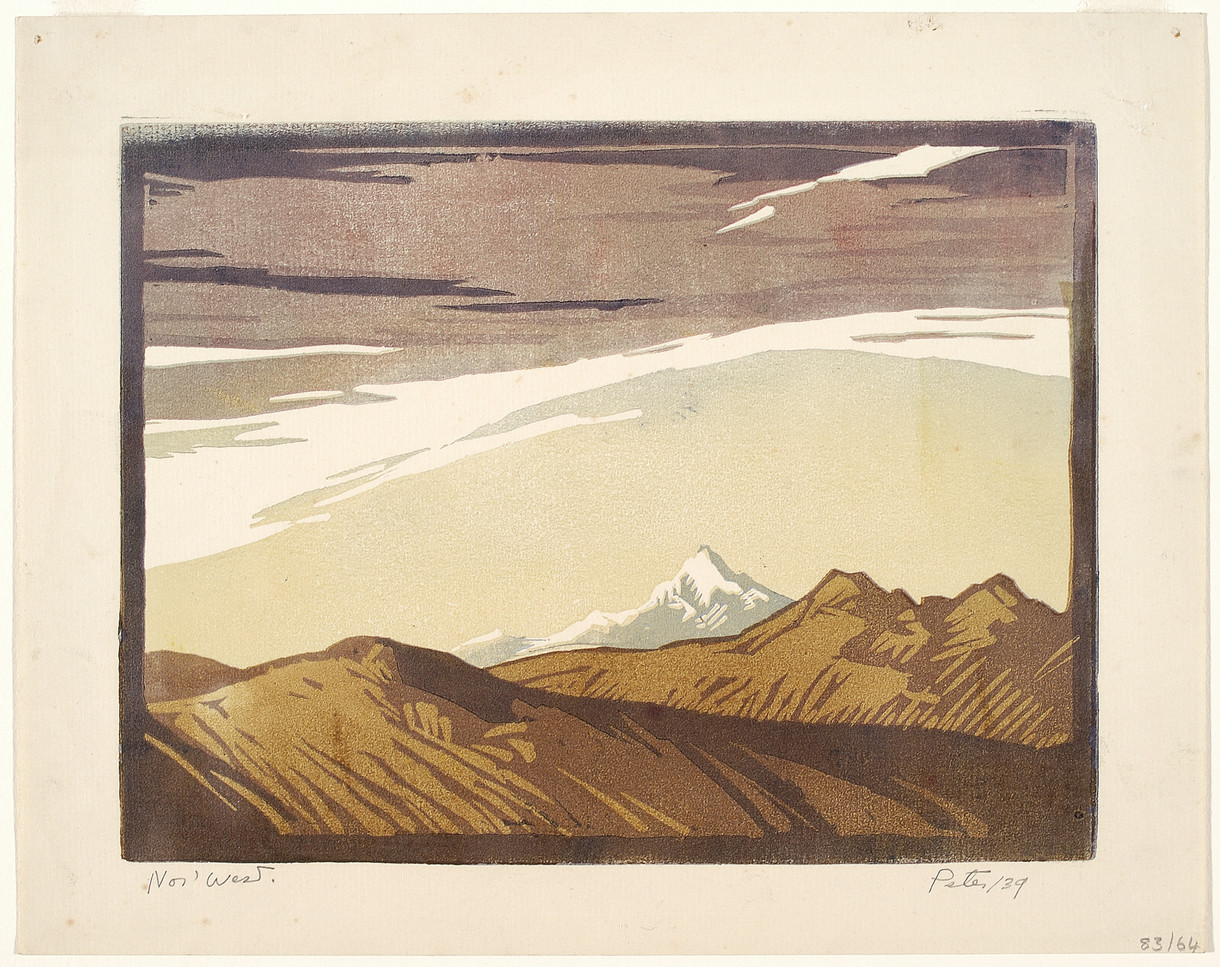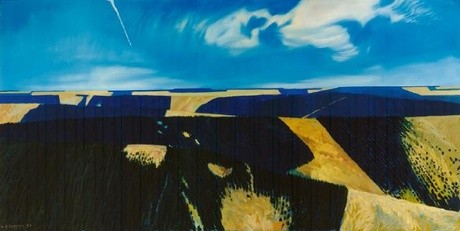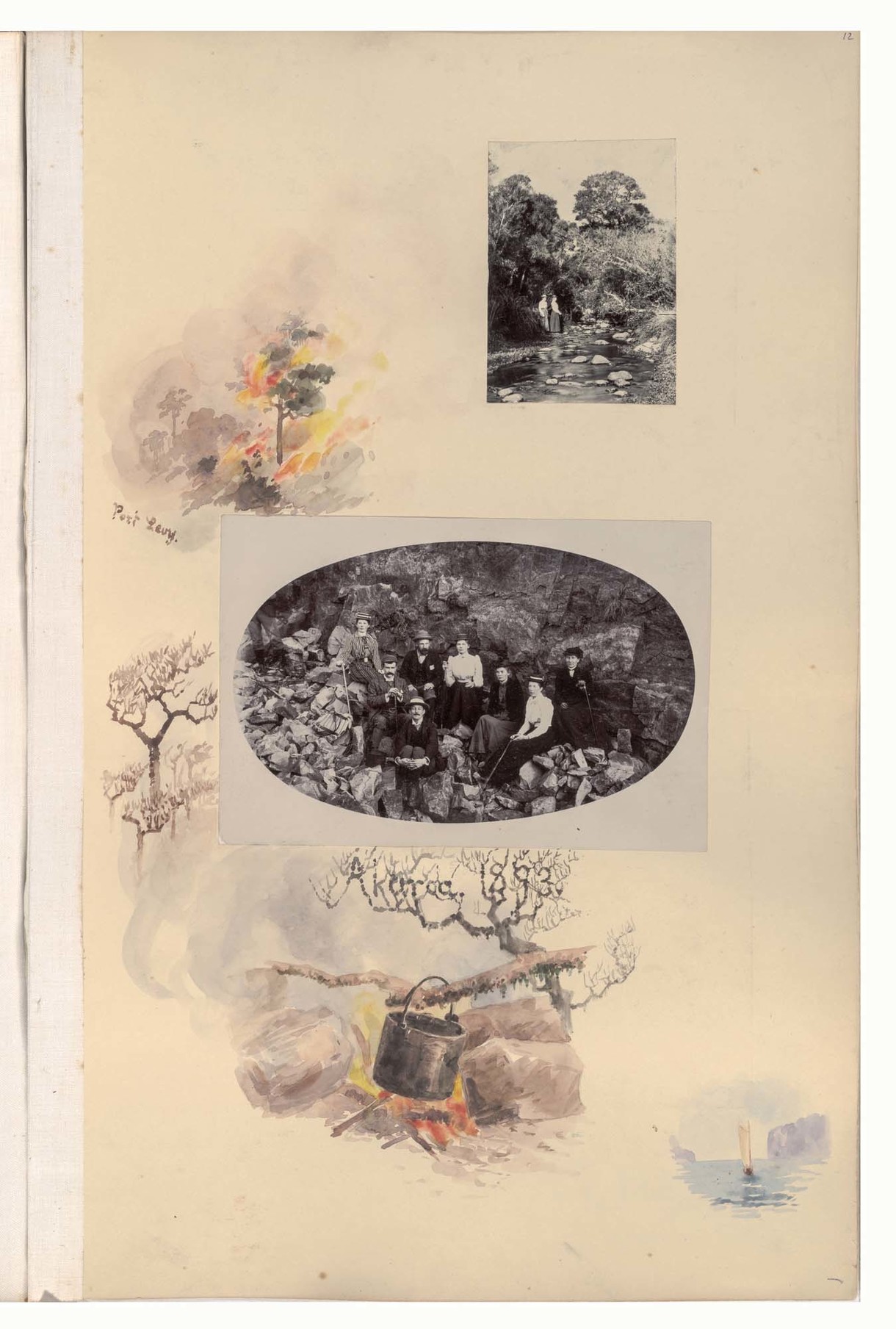Colin S. Lovell-Smith
Aotearoa New Zealand, b.1894, d.1960
Evening
- 1937
- Oil on canvas
- Purchased 1995
- 420 x 475mm
- 95/38
- View on google maps
Tags: landscapes (representations), natural landscapes, rock, seas, shores (landforms), trees
With the arrival of the motorcar, Otama-a-kura / Goose Bay (south of Kaikōura) became a popular camping spot for summer visitors. Christchurch-born couple Colin and Rata Lovell-Smith stayed there regularly throughout the 1930s, joining the throng heading north each season to camp, fish and relax – and, for these two, to paint. The results of Colin’s labours include this pared back evening coastal scene at Haumuri Point; and a painterly record of civil engineering works disturbing the usually tranquil Otumatu (near Goose Bay) during the completion of the Main Trunk Line in 1939.
Exhibition History
He Rau Maharataka Whenua: A Memory of Land, 17 September 2016 – 18 February 2017
'Well, this is Haumuri Point south of Kaikōura. Pākehā called it Amuri – you’ve got Amuri Motors, Amuri buildings, Amuri district or whatever. It is called Haumuri, and it was always explained to me that the name was given because the wind there is always behind you.
'In the Te Waipounamu creation story, Tu-Te-Raki-Whanoa had two assistant atua [demi-gods], Marokura and Kahukura. We could say that Kahukura was in charge of all parks and reserves, and Marokura was in charge of the Ministry of Fisheries. The whole coast is inhabited by the work of those atua. The land is clothed and beautified by Kahukura. Marokura goes off to make his own peninsula at Kaikōura. He was a fishing atua – he wasn’t much of a civil engineer – so it’s only a small peninsula. He puts the great riches of the sea into the coast, which was his skill. The coast is called Te Tai o Marokura; some people call it Te Koha o Marokura.' —Sir Tipene O’Regan
